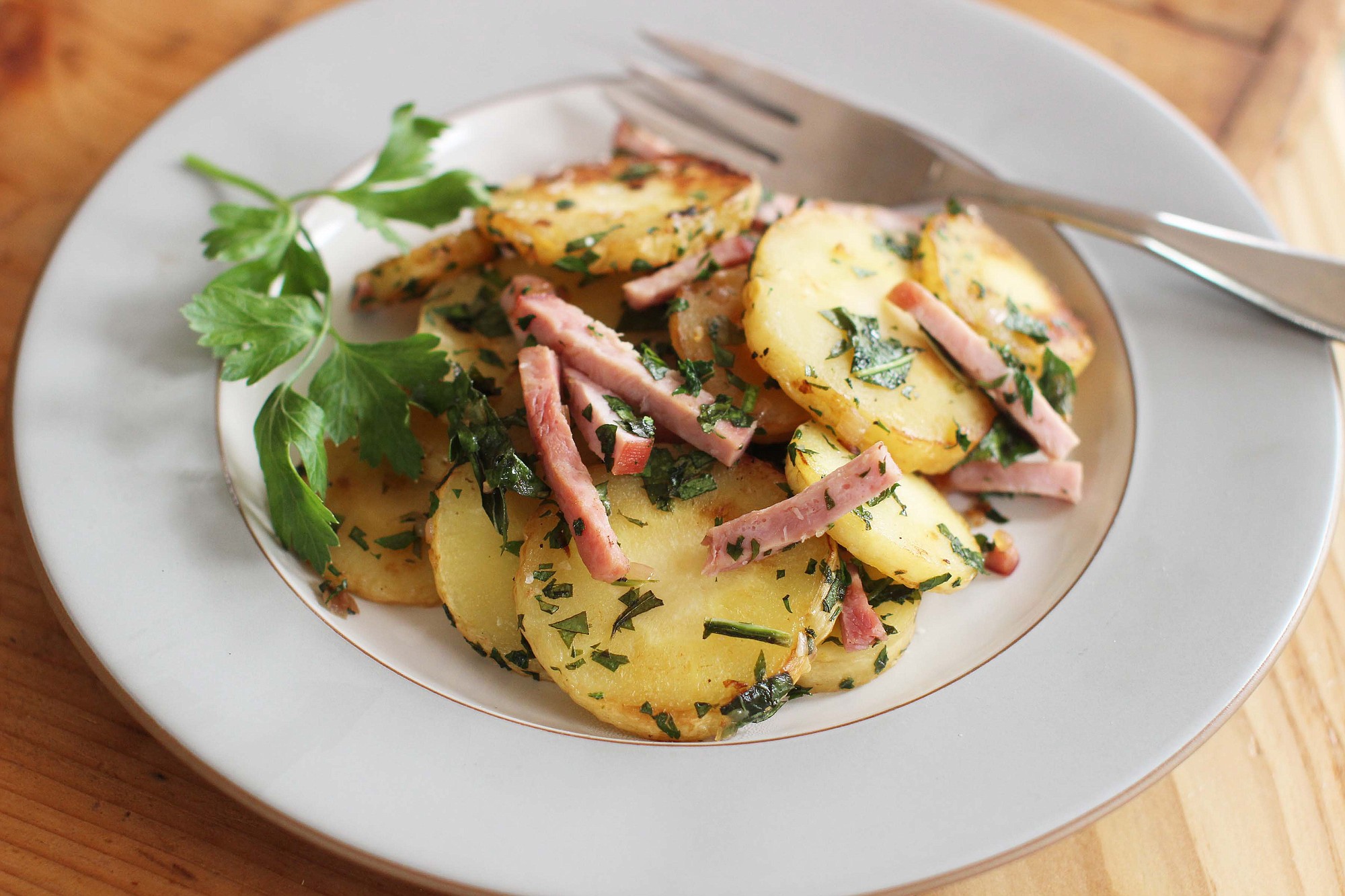April Bloomfield is a wizard with a pig’s ear and a lover of kidneys, trotters and all the so-called “nasty bits” that animals have to offer. What many people don’t know is that she also has a mean way with a carrot.
“I’m really passionate about vegetables,” says Bloomfield, a seriously top-shelf chef and restaurateur whose new cookbook, “A Girl and Her Greens,” moves broccoli, beets, watercress and their ilk squarely to the center of the plate. “I love peas, cauliflower, carrots, cabbage, sprouts… I want to show people how delicious and how versatile they are.”
Driven in part by America’s ever-expanding waistlines, the popularity of farmers markets and, in many cases, the rising price of meat, Bloomfield and other name-brand chefs have spent the past few years raising the profile of vegetables (Kale, anyone?). But the trend of courting veg-loving carnivores — a population dubbed “vegivores” by New York magazine — may be reaching critical mass as a bumper crop of veg-centric cookbooks and restaurants hits the market.
“The drivers behind this new look at vegetables include supply,” says Kara Nielsen, culinary director at the Boulder, Colorado-based brand consultancy Sterling-Rice Group. “There’s never been more interesting vegetables being grown by farmers… Heirloom varieties, the Romanescos, colored carrots. As soon as there’s supply, chefs start getting creative.”



